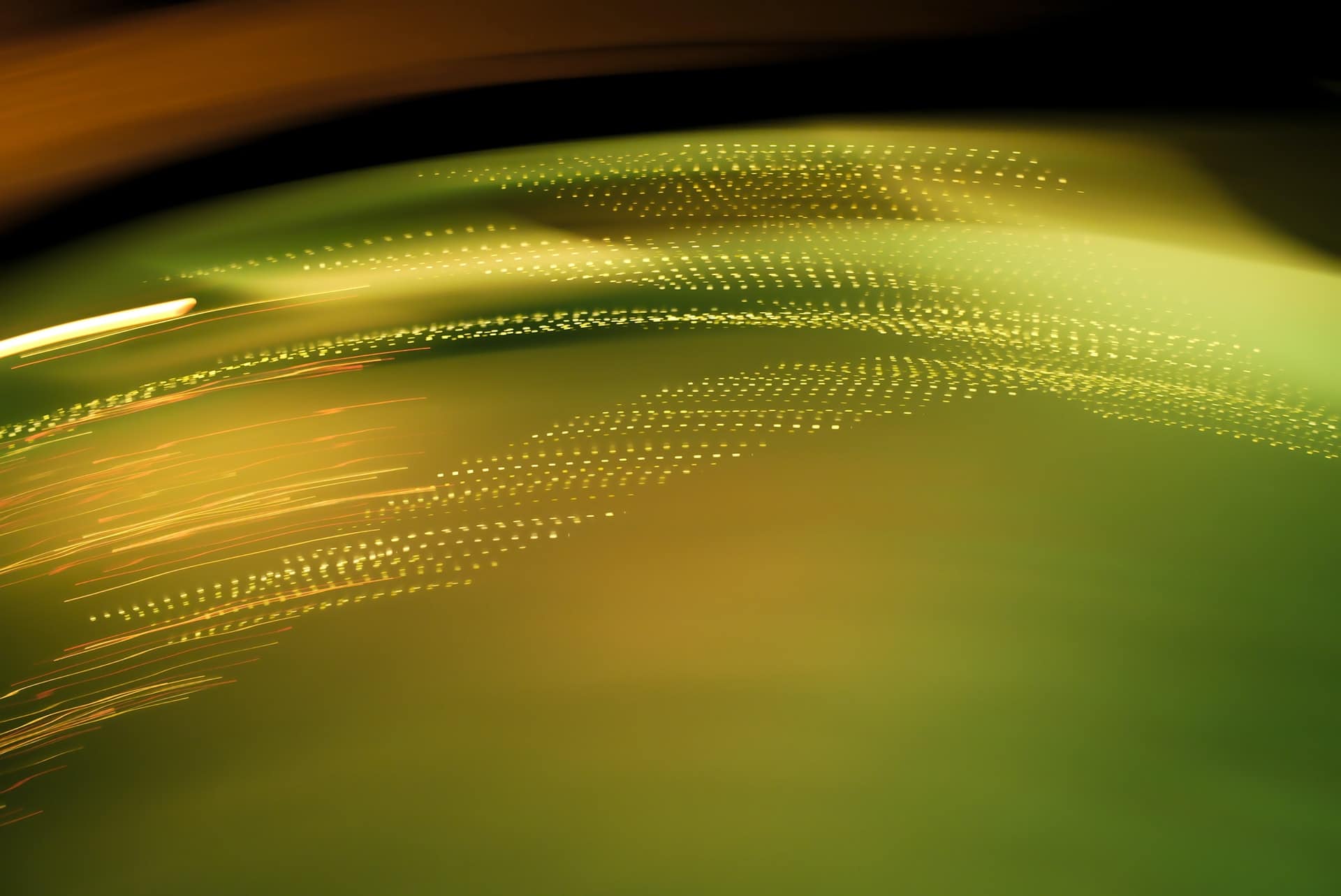
Fiber Optic Engineering Provides Many Benefits
Fiber optic engineering is becoming more important than ever given the many advantages that it can offer to so many different types of businesses. While speed is often the first thing people think about with fiber optic cables, there are plenty of other advantages, as well. The increasing need for greater bandwidth is a primary reason many are opting for fiber optic cables today. Those who are considering this option always want to know the advantages, as well as any potential drawbacks of fiber optic engineering.
What is a Fiber Optic Cable?
Optical fiber does not use electrical pulses as a means to transmit information. Instead, it uses light pulses. Light travels extremely fast, and it has the ability to provide much higher bandwidth than what can be found with even the best quality electrical systems. Typically, fiber optic cabling has a protective coating on the outside, which allows it to work well in a wide range of environments. The coating provides the benefit of stable connections, and is being used by the military and the government, as well as commercial companies.
Three main types of fiber optic cables exist today. It’s a good idea to have at least a basic understanding of each of the different types of cables when discussing fiber optic engineering. They include single-mode fiber optic cable, multi-mode fiber optic cable, and plastic optical fiber.
Single-Mode Fiber Optic Cable
The single-mode fiber optic cable has a single mode, referring to the path the light travels through the cable. These types of cables will generally have a smaller cord diameter that measures 8.3 microns. The cable will only allow for one path and one wavelength for the light to travel through. One of the benefits of this is that it helps to reduce attenuation and light refractions. This is generally more expensive than multi-mode options, and it tends to be used in long-distance network connections.
Multi-Mode Fiber Optic Cable
The multi-mode fiber optic cables have a larger core than the single-mode option. There are two different sizes available – 50 microns or 62.5 microns. These cables allow for several wavelengths and pathways. This type of cable is often used for short distances, as well as audio and video applications in LAN. The multi-mode fiber has two types – step-index and graded-index.
Plastic Optical Fiber
Plastic Optical Fiber has a diameter that is around 1mm. This the largest core, which allows light from a range of connectors and sources. It is used when a high level of precision is not as important for the project. This is a durable option, and it tends to be easy to install. It will generally be used for applications that do not need a lot of bandwidth to travel over a long distance.
What’s the best option? The truth of the matter is that there is not truly a “best” option that can be used in all situations. It will always depend on the application and needs that are unique to the project in question. Fiber optic engineering professionals can help customers determine which option will work well for their needs.
Why Choose Fiber Optic Engineering Over Copper?
Copper cable was once the “go-to” choice for many of the same types of applications that utilize fiber optics today. This is because fiber optics have a range of advantages over copper.
One of the biggest benefits is the cost. Fiber optic cable tends to be less expensive than copper cable. The fiber optics are also lighter and thinner than a comparable amount of copper cable. That often means it is easier to install. They can also be placed in areas that may not be large enough to handle the copper wires.
Optical fibers also have a higher carrying capacity along with less signal degradation. It is a faster option, and it will have a much longer lifespan. There is the potential for fiber optic cables to last for a century.
These are just some of the most important benefits of choosing fiber optic engineering rather than copper. Given the advantages, it is easy to see why a large number of companies are seeking to utilize fiber optics. As the need for better connectivity continues to grow, it is likely they will continue to be used more and more.
What about the disadvantages? Most people may want to know if there are any drawbacks to choosing fiber optic engineering over copper. The potential disadvantages tend to be minimal, and there are often ways to negate or at least reduce these negatives. For example, the light-emitting sources will be limited to low power in most cases. There are high power emitters available that can increase the power supply, but these will add cost to the project. Sometimes, it will be worth it for the other benefits, though.
Fiber optic cables have a protective covering, so they shouldn’t break. There may be a risk of degradation if they are repeatedly abused or if they are cut, but they tend to be very strong and durable. The sheathing on the cables helps to provide them with more strength, though, and this is why they are often used in the military and for other difficult applications. A little care helps to ensure they will last.
Ideally, the distance between the receiver and transmitter will be short because distance could become a problem. However, the use of repeaters can help to negate this issue.
What’s the Right Option?
It’s not recommended that businesses and individuals try to determine what cable type will best suit their needs. Instead, it is best to speak with a fiber optic engineering professional who knows and understands the cables and who can look at the needs of a customer. Working with a professional will make it easier to know that the correct fiber optic cables are used and that they are installed correctly. It is the best course of action to follow.





No Comments
Sorry, the comment form is closed at this time.